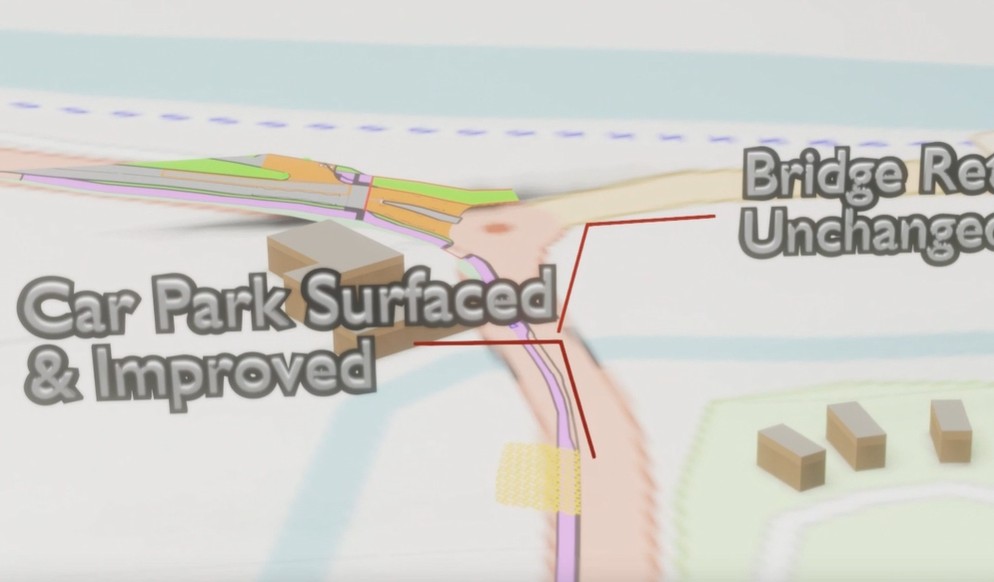Lochgilphead: Detailed Paths Design
Client
Argyll and Bute Council
Sector
Active Travel / Placemaking / Behaviour Change
Location
Lochgilphead, Scotland
Planning Authority
Argyll and Bute Council
Services Provided

Study Description
Contracted as subconsultant to Cameron and Ross following competitive tendering, we provided transport planning and path design support to develop a detailed (stage 3) and technical design (stage 4) prior to construction. The concept design was developed by a previous team following a retender of the project due to significant concerns resulting from the original consultant.
The route whilst short at only 120m would link the recently completed paths network at Lochgilphead Front Green with the NCN75 at the Crinian Canal linking future paths projects at Lorne Streer and providing a ‘missing link’ in the overall network supporting walking and cycling between adjacent communities of Ardrishaig and Lochgilphead.
We supported the project through public consultation using our range of tools and techniques and produced a video flythrough of the design to assist in communicating the design.
Our Approach
Whilst the concept design had full technical approvals from all key stakeholders, we recognised that the design promoted could be improved to dramatically improve buildability reduce capital costs and most importantly, minimise impact on an affected landowner. We examined all constraints and using real world design experience worked with our engineer partners to redesign the concept to optimise value to the public purse through reducing the future delivery programme and capital costs.
Key Successes
• Removed the need to reinstate a historic canal side ramp by design promotion of an existing ramp.
• Avoided impacting a scheduled ancient monument area.
• Promoted a toucan crossing on the A83 to better align with everyday travel desire lines.
• Narrowed the route from 5.5m to 3.5m to better align with the adjacent network standard.
• Negotiated technical changes with Transport Scotland.
• Negated the inclusion of continuous cycleway across a private drive.
• Worked with landowner to avoid the need for retaining structure, reduce impact on affected land by 50% and agree boundary design whilst supporting the negotiation of land sale.
• The resulting developed design was estimated to reduce capital costs by around 50%.
